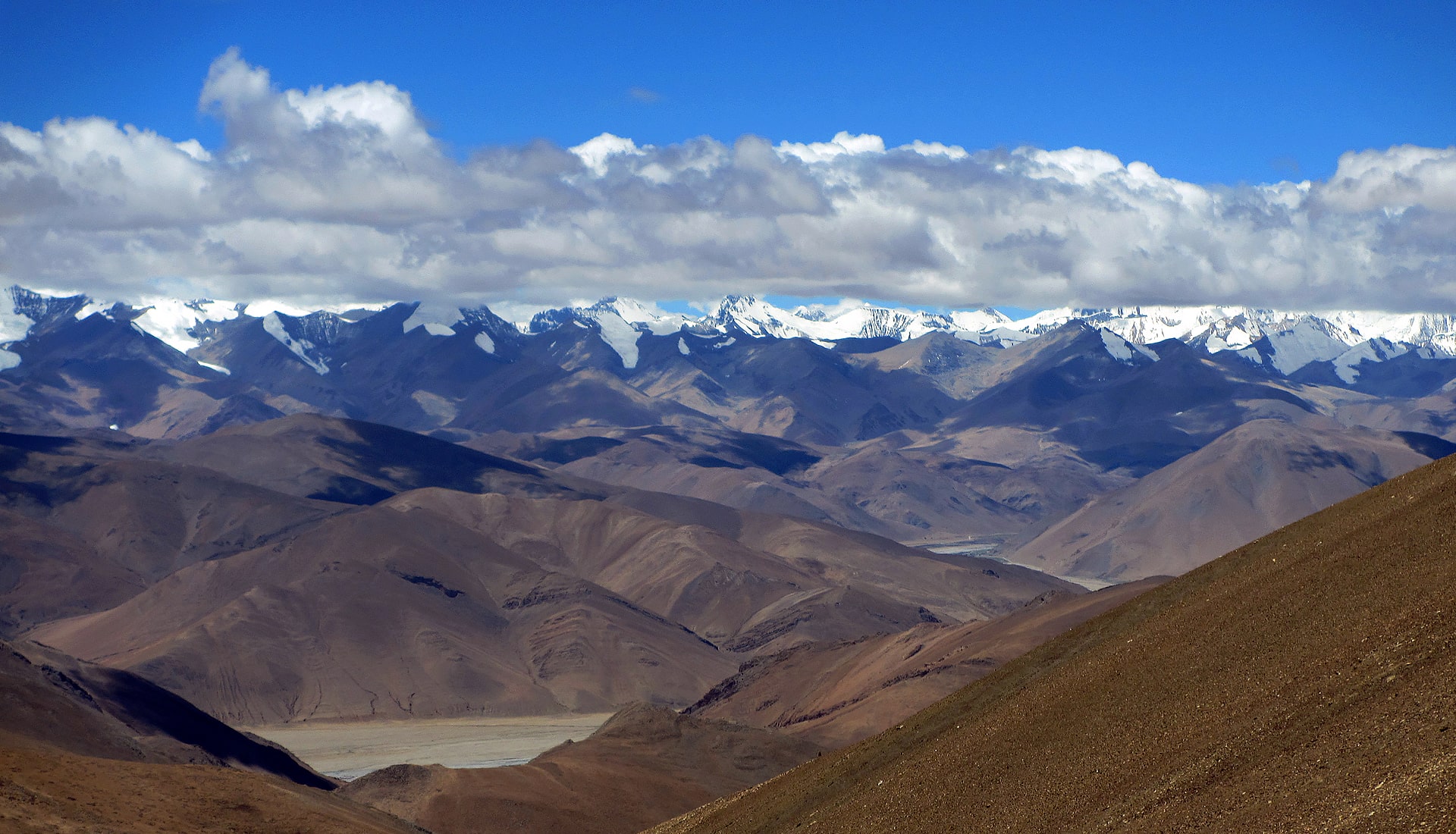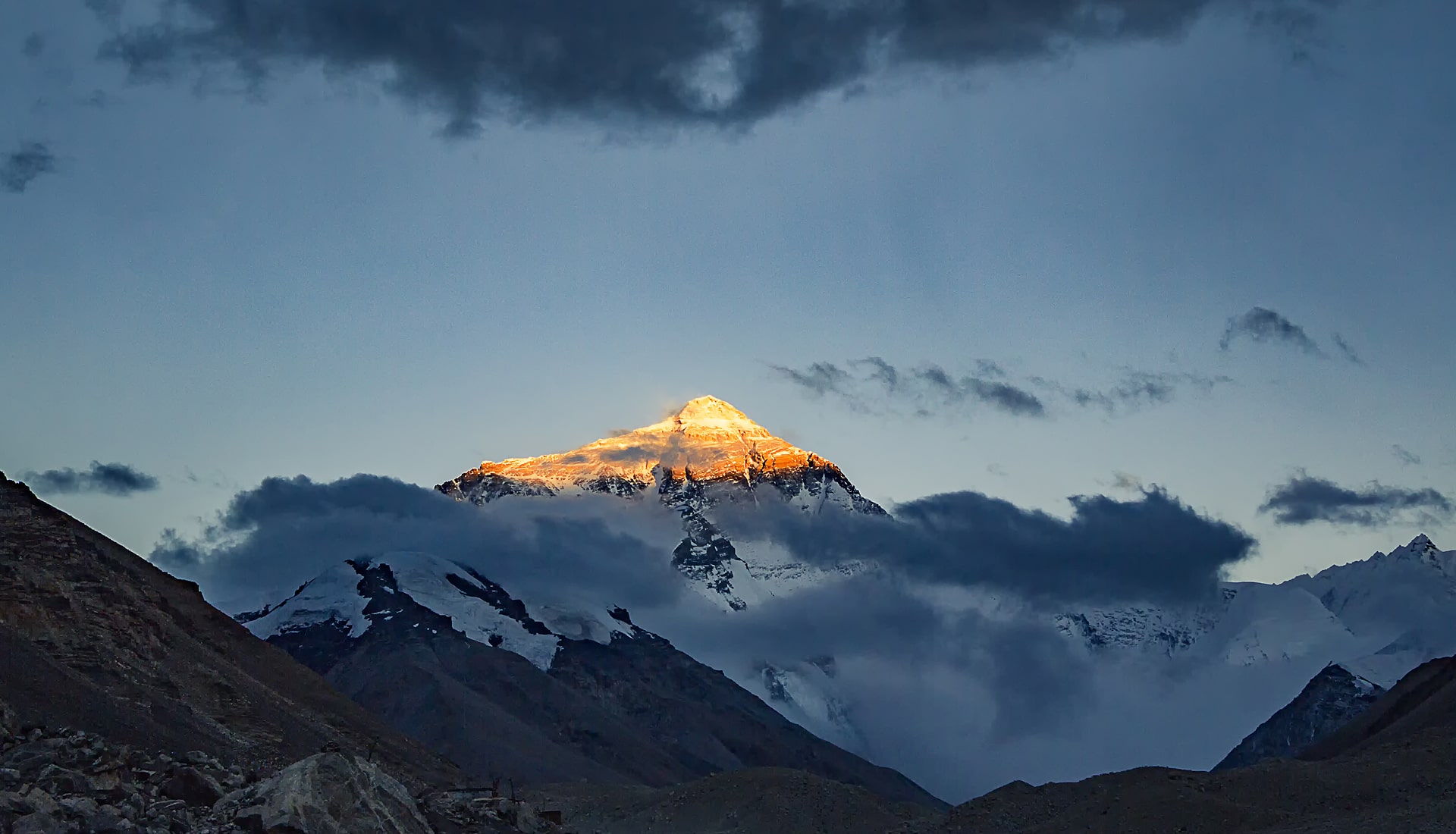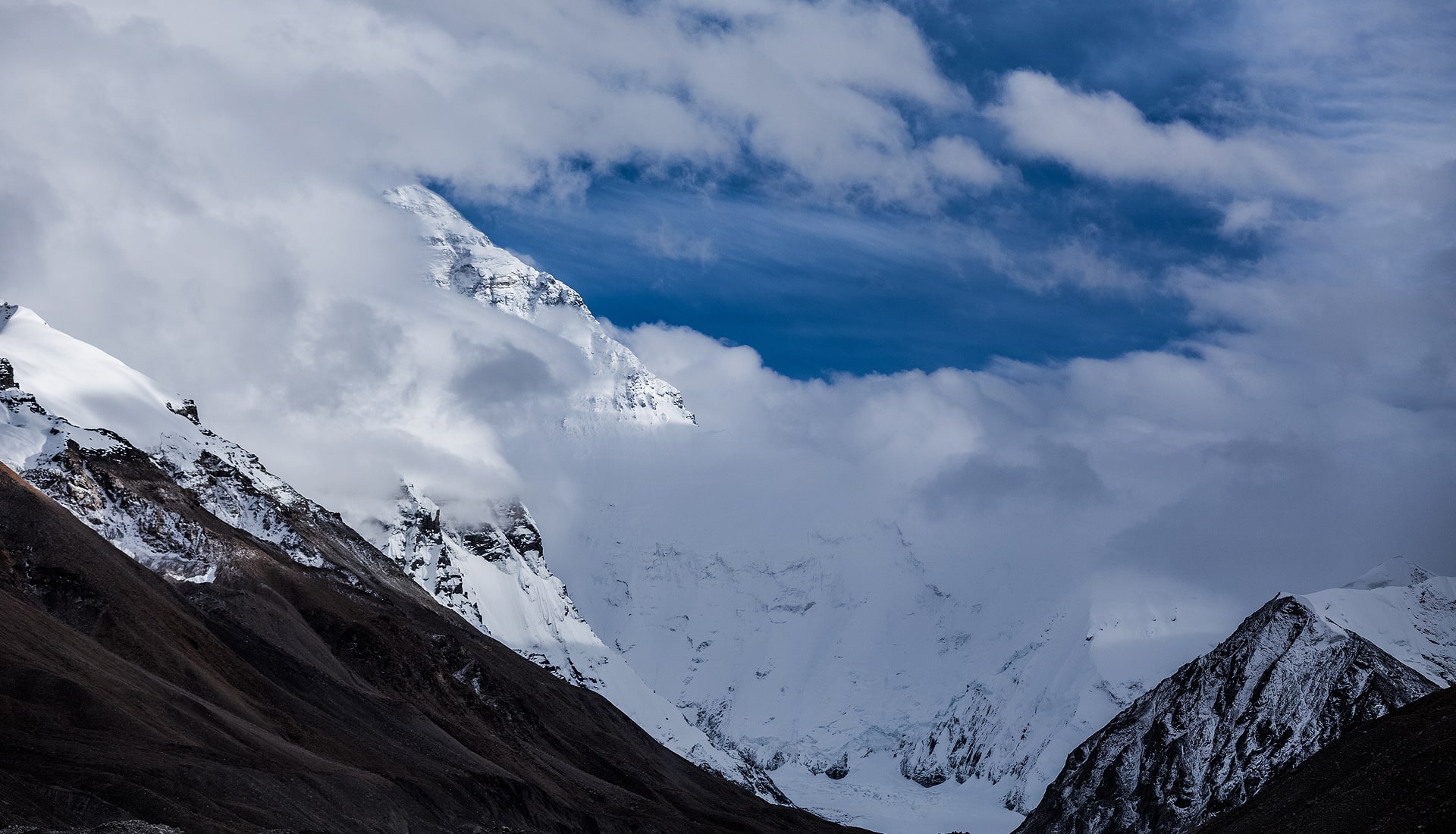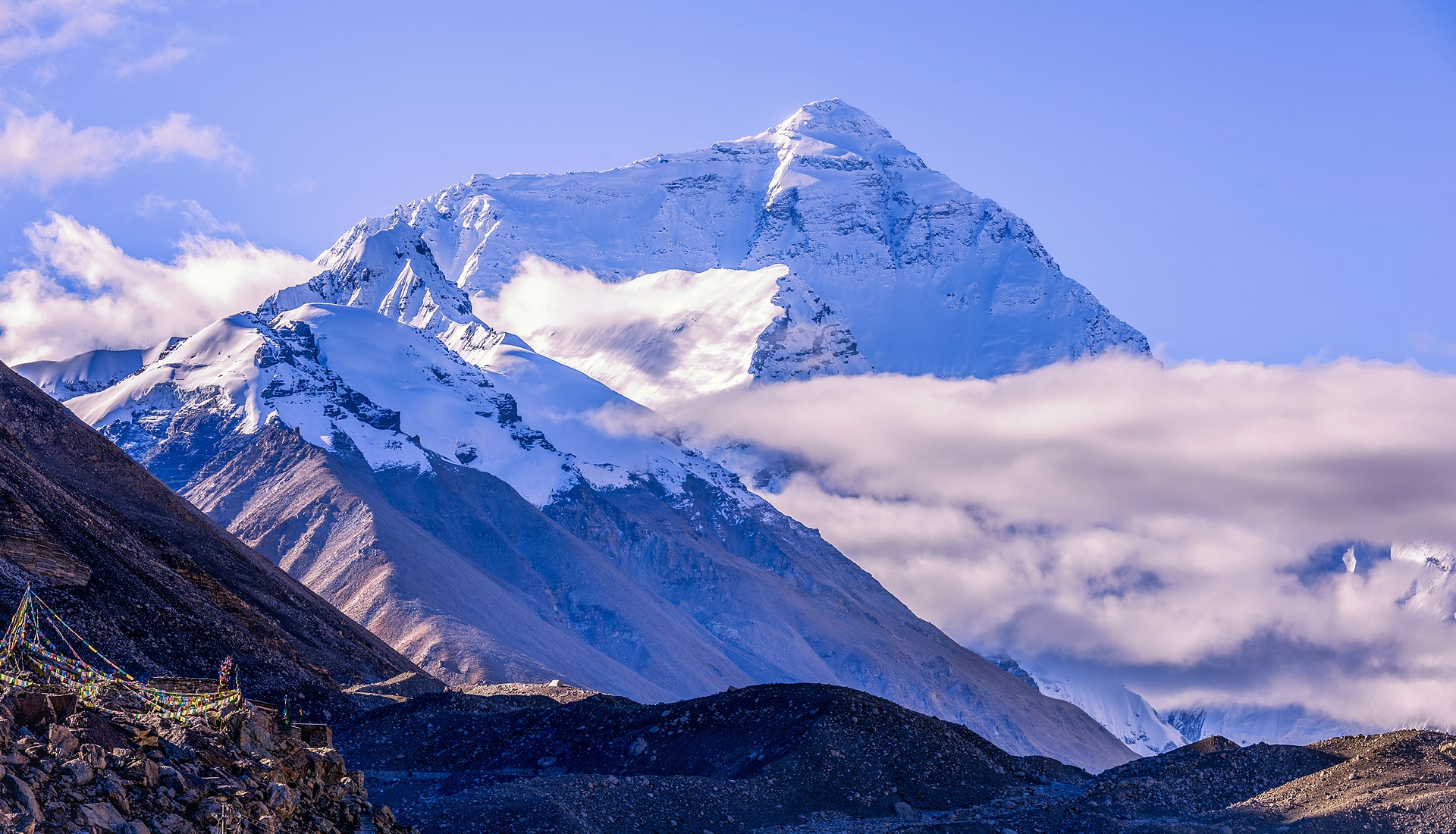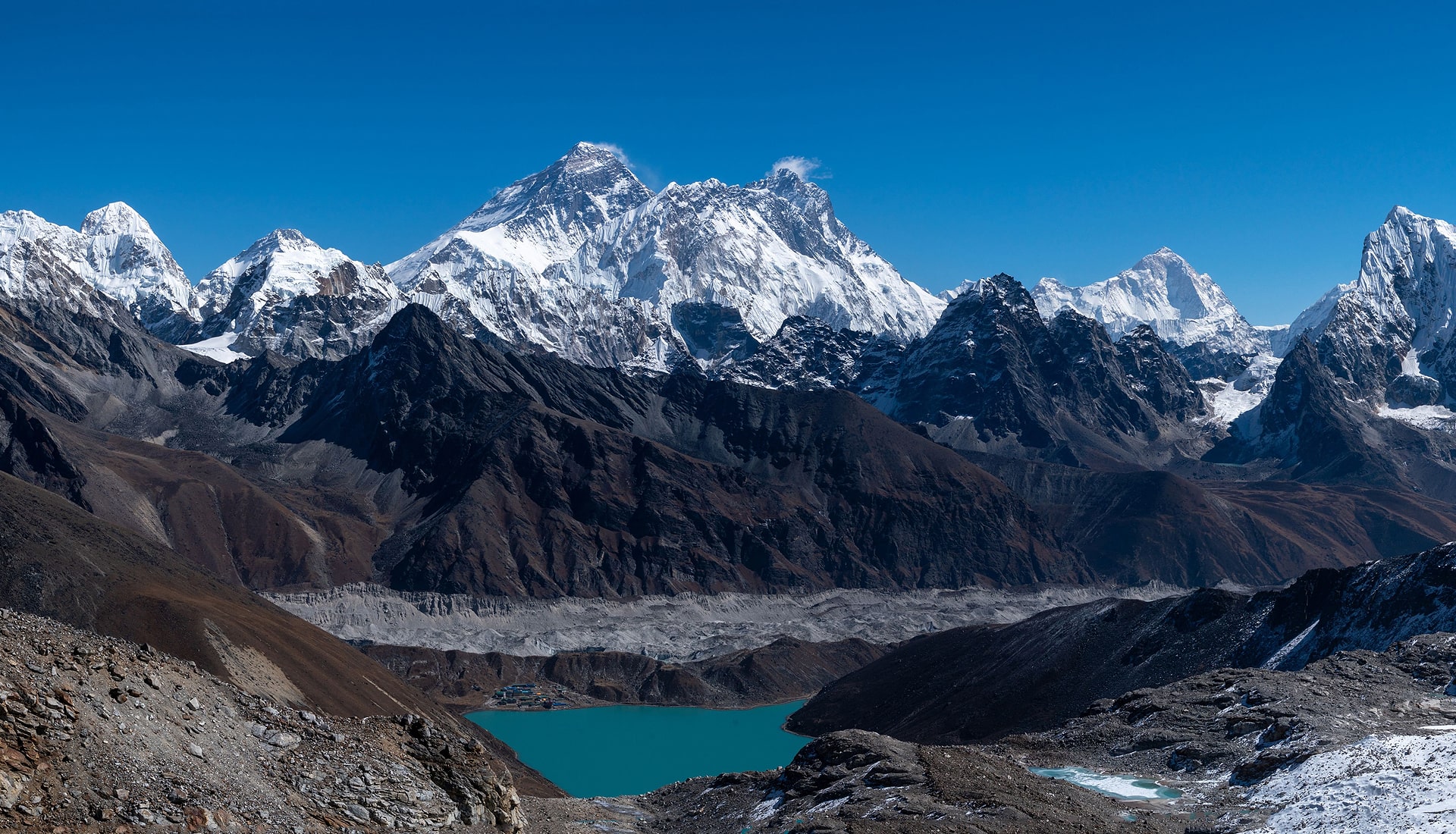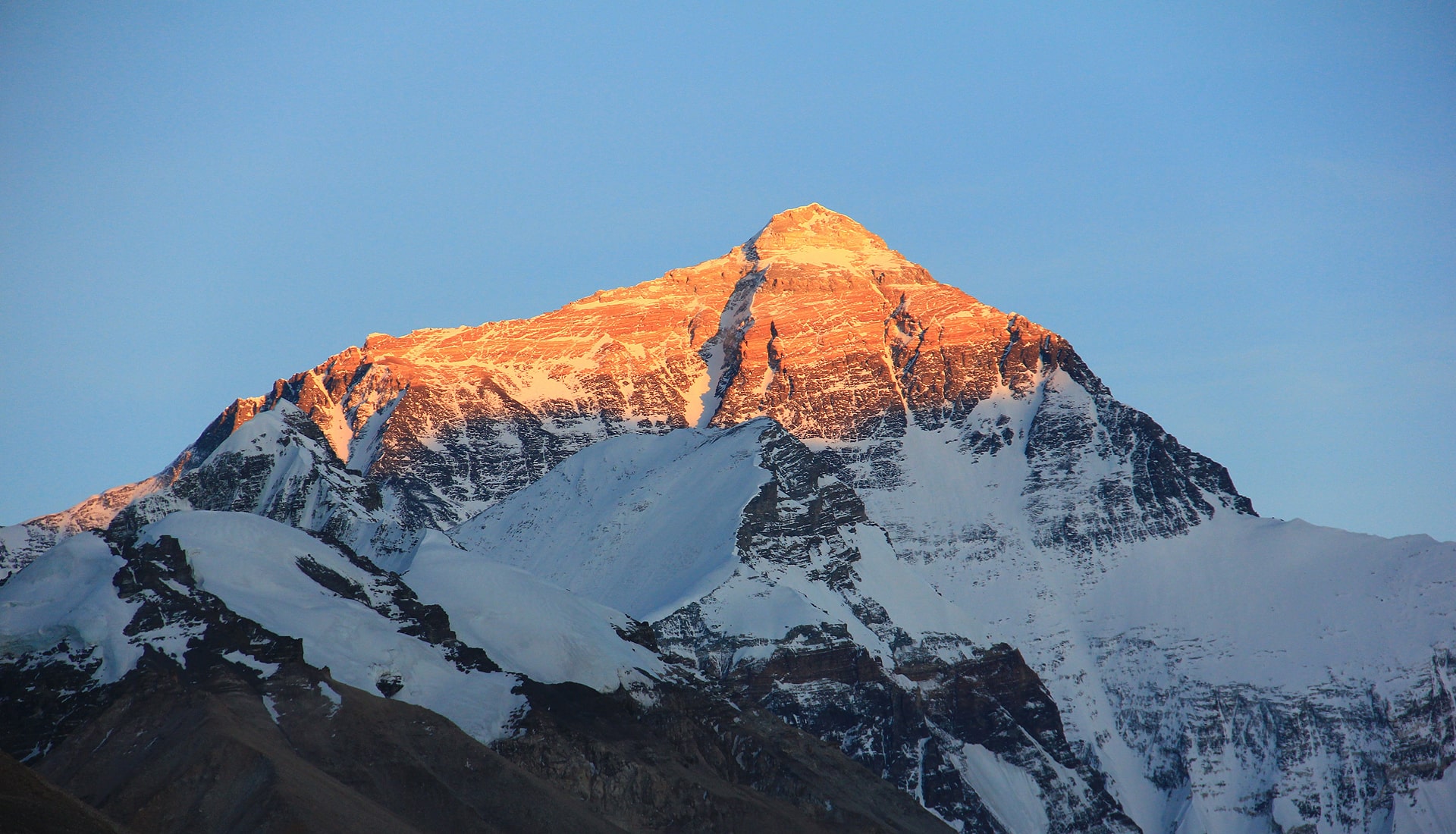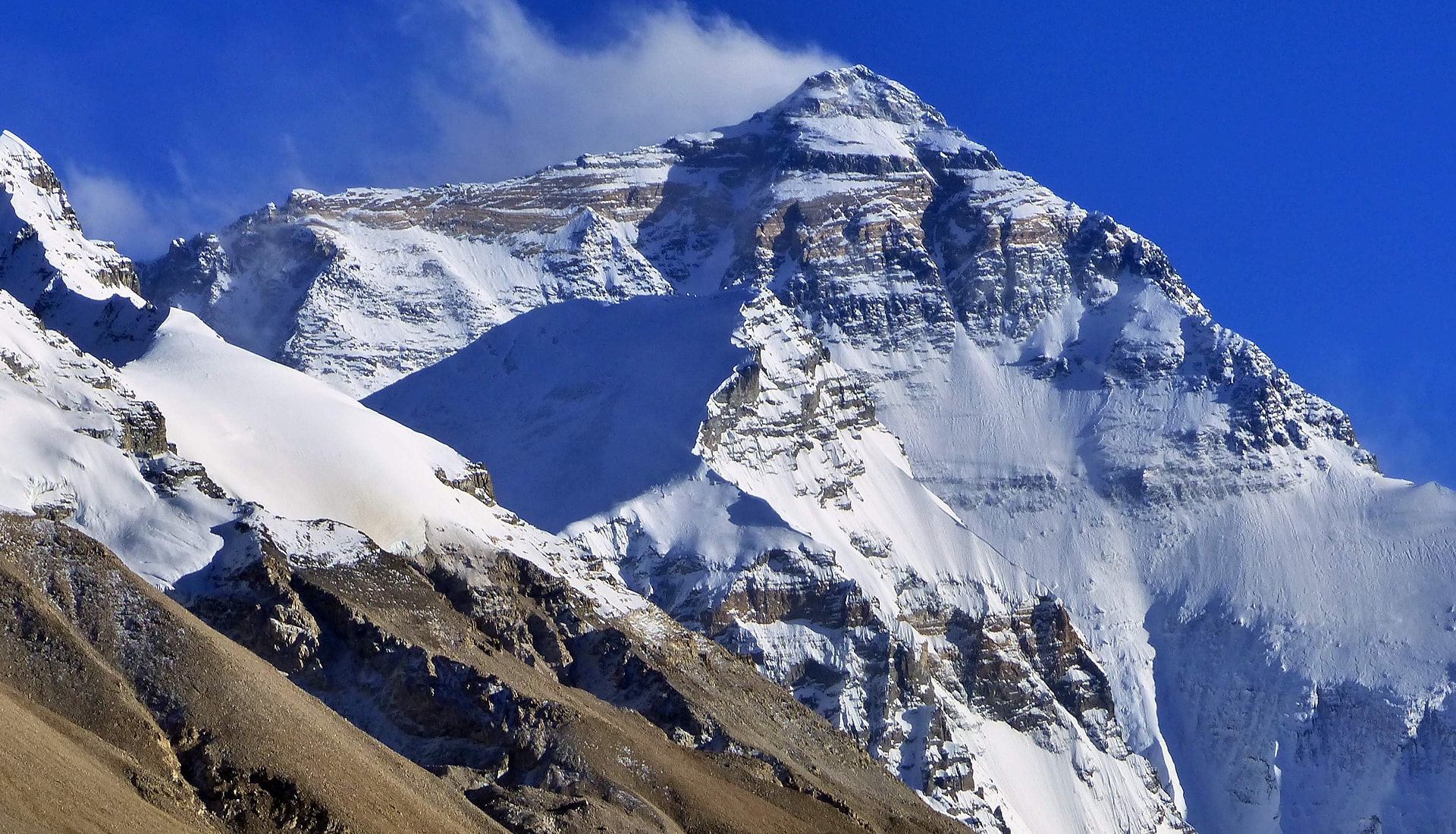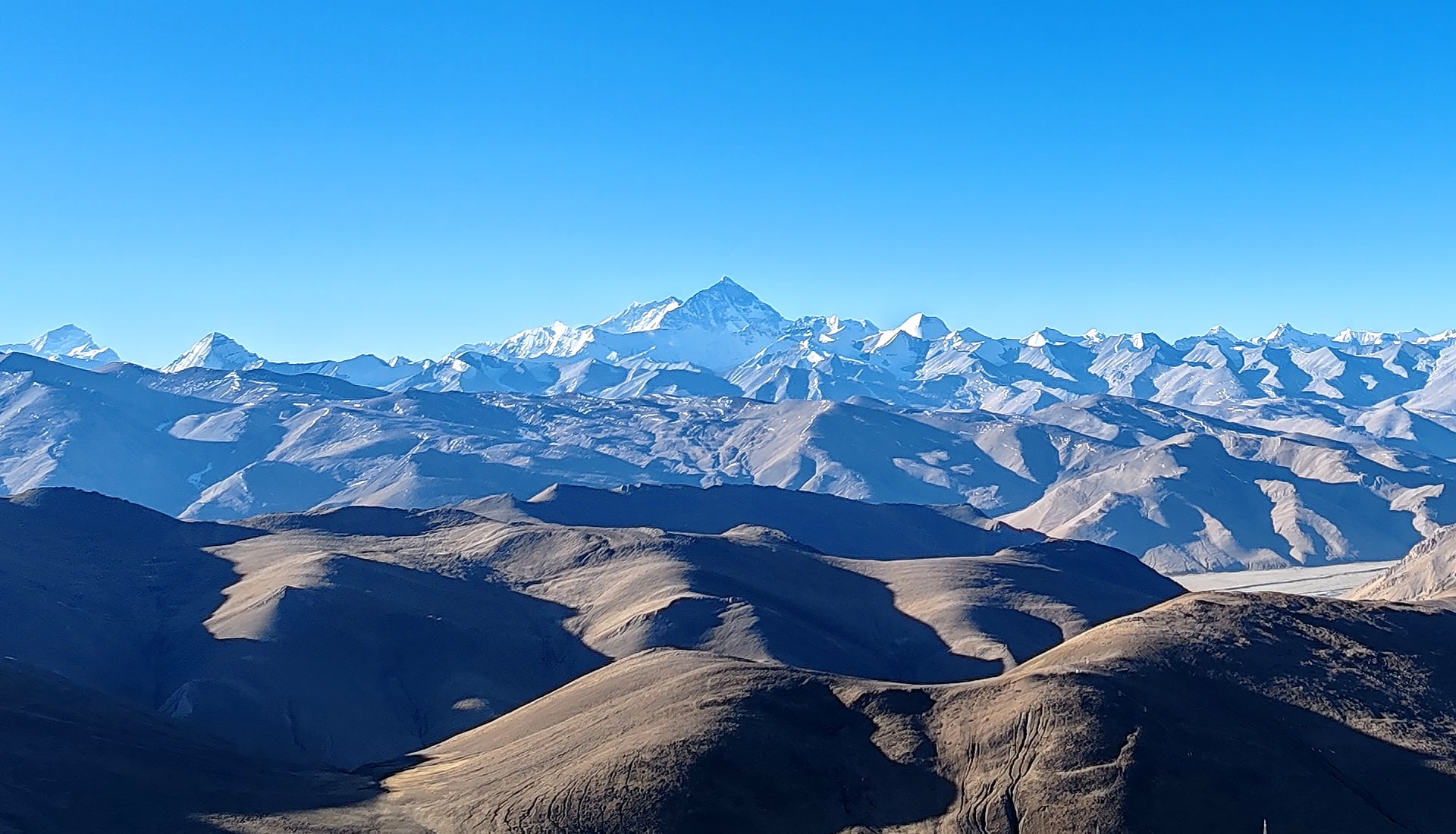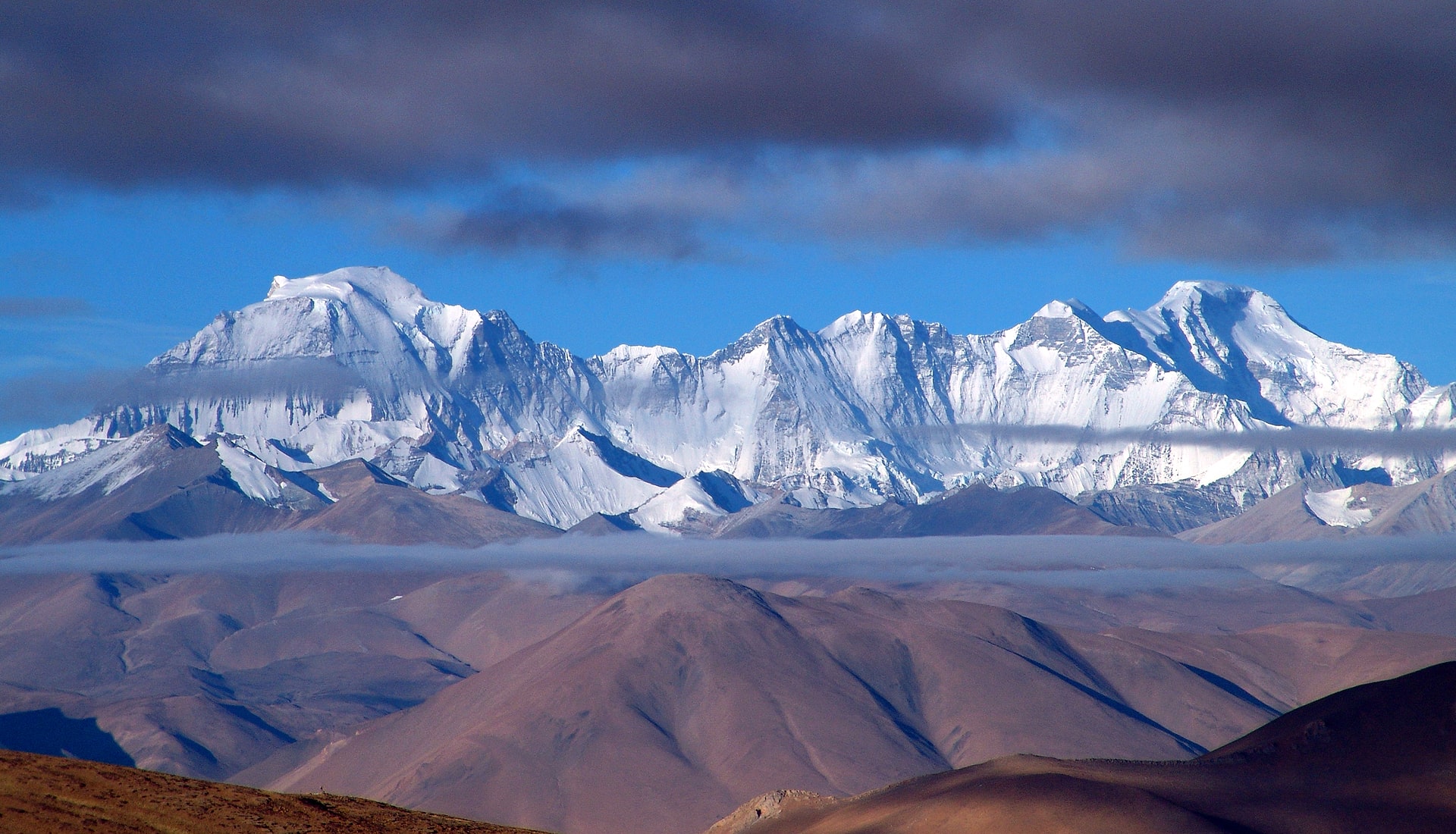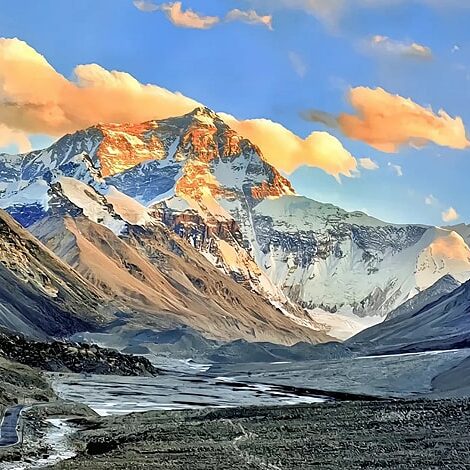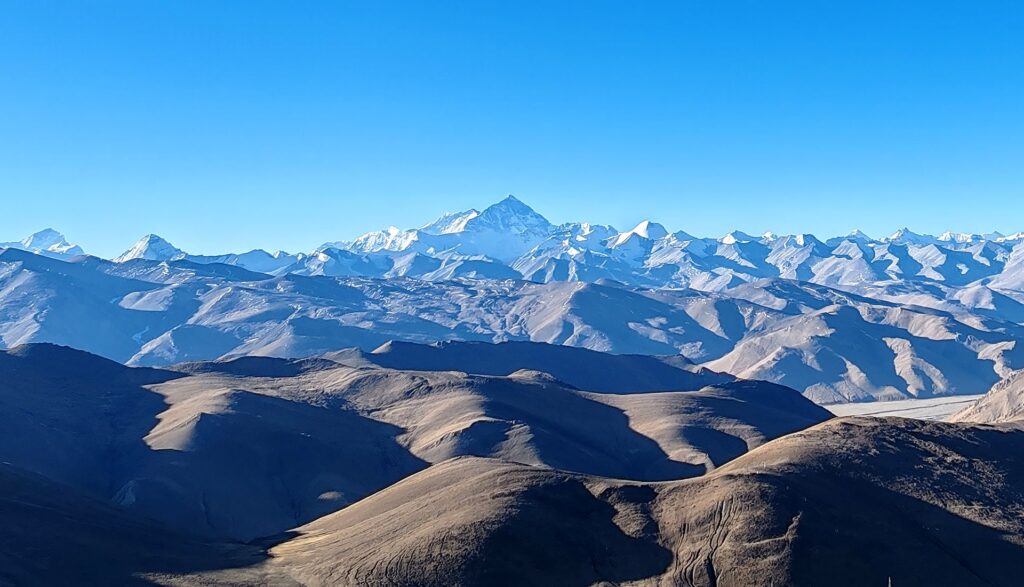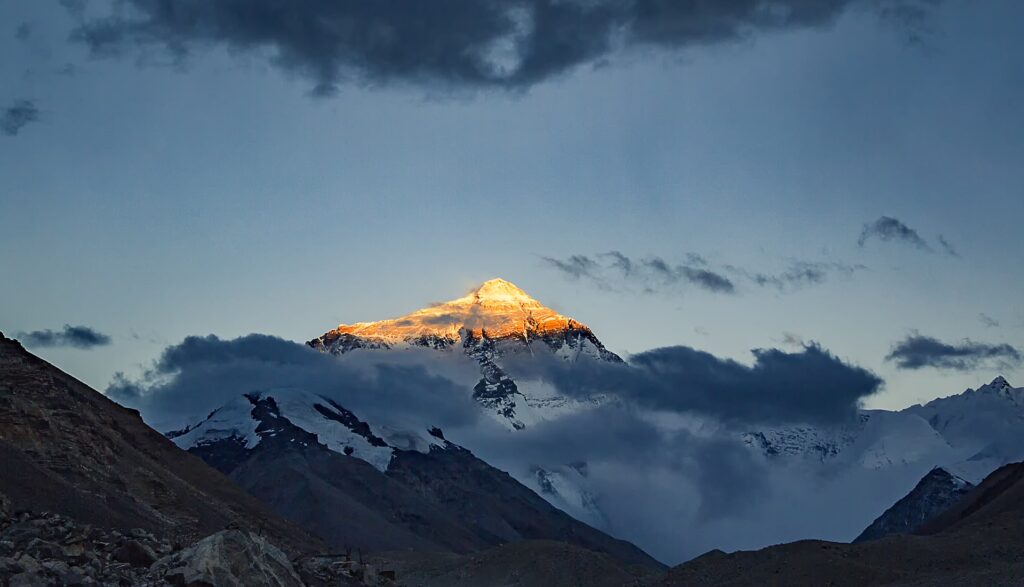Mount Everest: Mother of the Earth|Sunrise on the Summit & the Sacred Sky at the Roof of the World
Mount Everest, known in Tibetan as “Chomolungma” meaning “Mother of the Earth,” is the main peak of the Himalayas and the tallest mountain on Earth. With its rock elevation at 8,844.43 meters and snowcap reaching 8,848.86 meters, it sits at the border of China (Tibet) and Nepal. The Everest region is famed for its breathtaking scenery, unique alpine ecosystem, and as the habitat of many rare species.
The environment is harsh—especially in winter—with strong winds and frequent blizzards. Yet, this very extremity creates one of the most majestic landscapes on Earth. Throughout history, Everest has remained a sacred dream for mountaineers, explorers, and scientists alike.
Staying at Everest Base Camp (EBC), the best times to witness the mountain are within two hours after sunrise or before sunset — ideal moments to photograph the famous “Golden Summit” (Sunlit Snowcap). Even if the summit remains hidden, that moment when sunlight touches Everest turns every wait into pure awe.
A visitor once said: “I looked up at the stars from Everest at 2 a.m., minus 5 degrees Celsius, standing at the foot of the world’s highest peak. No photo could ever capture the sheer magnitude of what I saw with my own eyes. It was the most romantic thing I’ve ever done.”
Under the freezing winds at 5,200 meters, when the sky explodes with stars and the golden light kisses the summit, all earthly thoughts vanish. Only reverence, wonder, and deep silence remain — a cosmic encounter at the top of the world.


